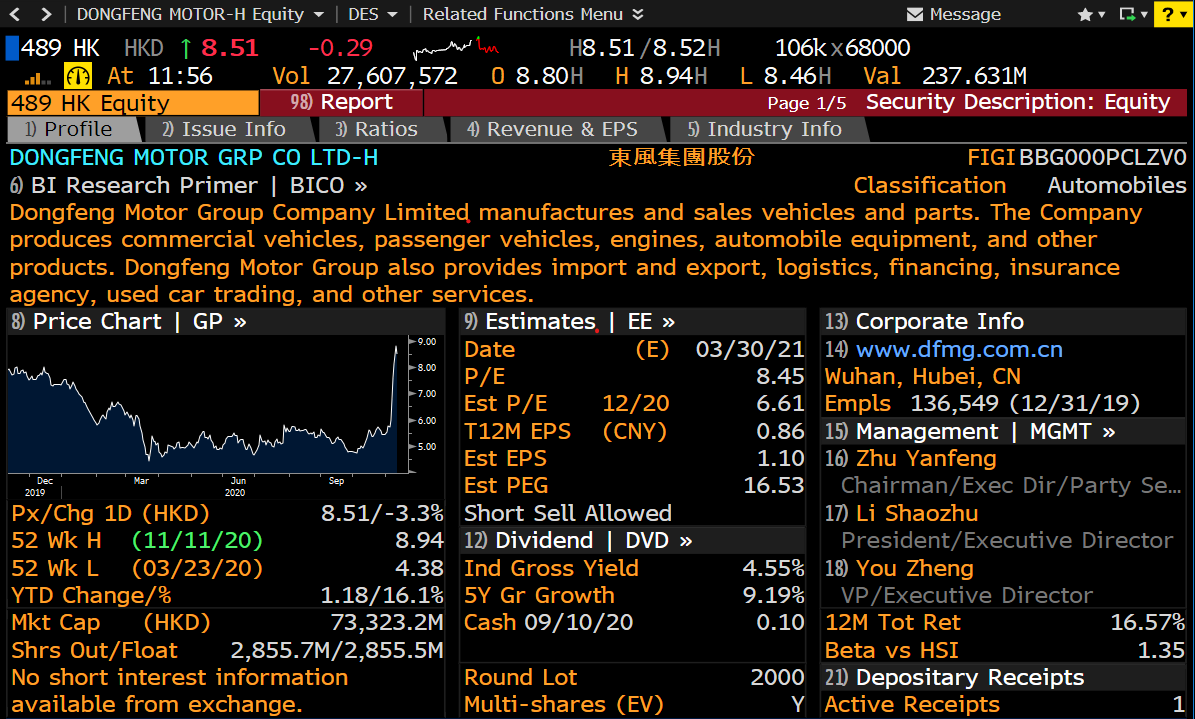
Australian iron ore producer Fortescue (FMG AU) is a great example of how value investing often works in practice. In 2018 the stock was trading for A$4. It was cheap at spot iron ore - a mid single digit FCF multiple, even w historically high discounts on low-grade 58pc Fe (1/n)
The reason it was cheap was investors believed the increased 58pc discount was structural not cyclical, and benchmark iron ore prices of US$60-70/MT were not sustainable - Chinese demand would surely falter, and send prices down to US$40-50/MT (2/n).
I basically agreed with the market. That was also my expectation. But I decided to buy some anyway because I recognized I could be wrong, and if either iron ore prices stayed at US$60/MT or rose; OR 58pc discounts narrowed to historical levels, the stock would prove very cheap.
Meanwhile, the stock was fairly priced on the base case market expectation (mirroring my own), at perhaps a HSD FCF yield. Not many investors make an investment on the basis that they might be wrong, but I did due to (1) the asymmetry; and (2) the future being hard to predict.
So what happened? Unexpectedly, there was a Vale dam failure in Brazil, taking out several 10ms MT of supply. Chinese demand remained strong. 58pc discounts narrowed, and covid further interrupted Brazilian supply, while Chinese have stimulated infra to offset covid headwinds.
Iron ore prices have gone to US$130/MT. No one expected that - least of all me. The result? The stock is up 5x to A$20 and has paid out A$3 in dividends since 2018 - 75% of its 2018 trading price. I made a lot of money on FMG not because I was right but because I was wrong.
Unfortunately, I did sell too soon (in hindsight) - about A$11-12 average during 1Q20 - albeit partly to help fund purchases that have since performed as well to better. But that's not really the point. The point is, value investing is a very counterintuitive pursuit.
Major market moves are caused by new, unexpected developments. Value investing is often about recognizing that the future is full of surprises, and positioning yourself favourably with respect to asymmetry; it often means betting on things you don't actually expect to happen.
The other reason I owned it was I also owned Ferrexpo (FXPO LN). FXPO was on the other side of product spreads - they produce higher quality 65pc pellets - and pellet premiums for higher quality material had surged to record highs, mirroring FMG's product discounts.
FXPO was trading at a low to mid single digit P/E because investors didn't believe high pellet premiums were sustainable. But if that was to prove to be the case, it could well also be the case that FMG's large product discounts also wouldn't be sustainable.
The market was assuming the worst of all worlds for both stocks - something you often see with cheap stocks, where glass-is-half-empty thinking prevails, and investors focus more on the risks than the opportunities (something I always seek out in investments).
It was unlikely both stocks were going to simultaneously experience the worst case scenario priced into both stocks. It's turned out pellet premiums have fallen. FXPO has still done ok, while FMG has done spectacularly. You don't have to predict future - just identify asymmetry.
Another way to put it is: the market tends to price in the most likely outcome (the mode) as if it were 100% likely, and ignores other possible outcomes/tails in the distribution. People don't think probabilistically and overestimate their ability to predict the future.
Asymmetric opportunities in tails are also not exploited because doing so is best served through a diversified approach, but there is currently a cult of concentration. Consequently, investors will only buy things where they feel sure about outcome, thus creating the opportunity.
• • •
Missing some Tweet in this thread? You can try to
force a refresh



